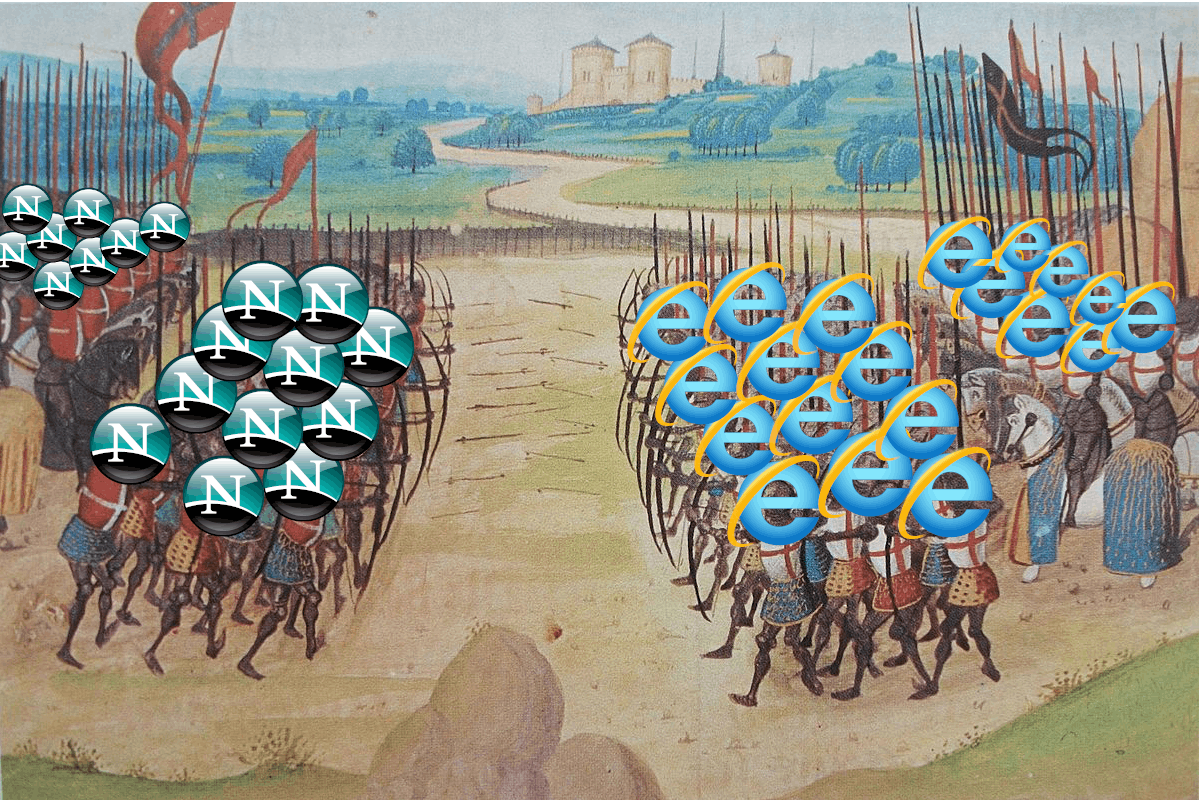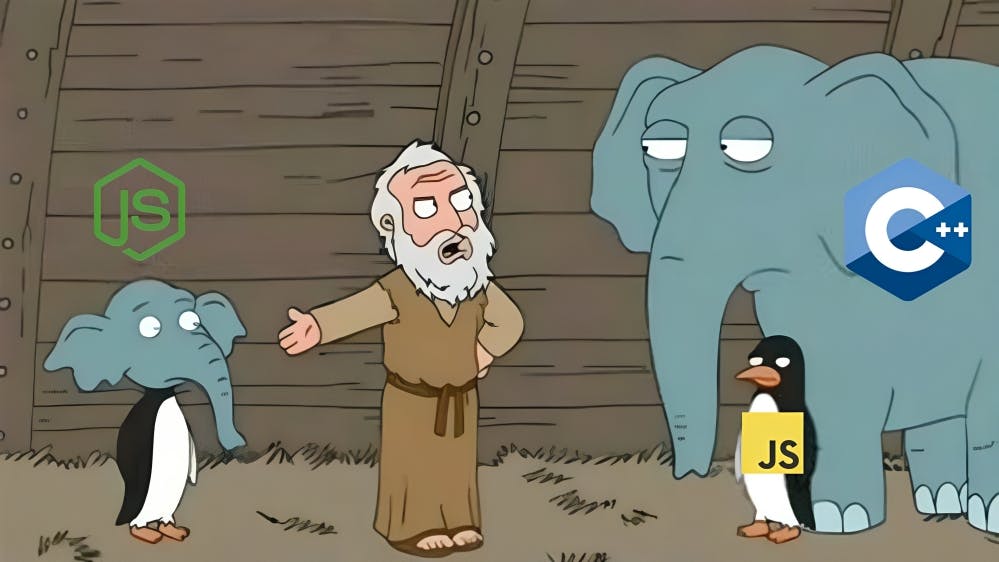It All Began in the '90s
The early to mid-1990s was an important time for the internet.
Key players like Netscape and Microsoft were in the midst of browser wars, with Netscape’s Navigator and Microsoft’s Internet Explorer going head to head.

In September 1995, a Netscape programmer named Brandan Eich developed a new scripting language in just 10 days. It was originally named Mocha, but quickly became known as LiveScript and, later, JavaScript.
It all happened in six months from May to December 1995. Netscape Communications Corporation had a strong presence on the young web. Its browser, Netscape Communicator, was gaining traction as a competitor to NCSA Mosaic, the first popular web browser.
Marc Andreessen, the founder of Netscape Communications and part of the ex-Mosaic team, had the vision that the web needed a way to become more dynamic. Animations, interaction and other forms of small automation should be part of the web of the future. So the web needed a small scripting language that could interact with the DOM (which was not set in stone as it is right now).
This is when Brendan Eich, the father of JavaScript, came into the picture.
Some Important dates to remember
May 1995:
- Brendan Eich created JavaScript while he was at Netscape Communication corporation.
- Initially, it wasn’t called JavaScript; it was given the name Mocha.
- The name was chosen by Marc Andreessen.
Sept 1995:
- In the same year somewhere in September 1995, the name “Mocha” changed to “LiveScript”.
Dec 1995:
- In December 1995, Netscape Communications and Sun closed the deal: Mocha/LiveScript would be renamed as “JavaScript”.
JavaScript v/s Java
There’s often some confusion about the two, but JavaScript and Java have almost nothing in common.
The name JavaScript came from Netscape’s support of Java applets within its browser. Many say it was also a marketing tactic to divert some attention from Java, which was the most buzzed-about language at the time.
To run Java programs, the code must be first compiled into an executable form. On the other hand, JavaScript was created to be interpreted at run time, making it much more dynamic (these days the boundary of the two methods is a lot more blurred).
JavaScript didn’t exactly get off to the best start. It didn’t perform as well, and those developing in Java considered JavaScript more of a “UI glue” to be used mostly by designers and other non-engineers.
But the reality is that having a “glue” language allowed the internet to flourish. Programmers could react better to use events and compose interactive components. And due to that, JavaScript spread like wildfire and very quickly became the lingua franca of the web.
Birth of ECMAScript
In 1997, due to JavaScript’s rapid growth, it became clear that the language would need to be properly maintained and managed. Therefore, Netscape handed the job of creating a language specification to the European Computer Manufacturers Association (ECMA), a body founded to standardize computing. The ECMA specifications were labelled ECMA-262 and ECMAScript languages included JavaScript, JScript, and ActionScript.

2009: Something Incredible happened
JavaScript uses engines to run on browsers.
In those days V8 was the JavaScript Engine for the chrome browser and it is an open-source multithreaded program written in C++.
So, Ryan Dahl took v8’s code and wrote a C++ program and combining both he created Node.js.
On November 8, 2009, at the inaugural European JSConf, the Node.js project was first demonstrated by Dahl.
Node.js is a combination of the V8 JavaScript Chrome engine, a low-level I/O API, and an event loop.

Isn't knowing all of this amazing and fascinating? 🤩
Hope you like it.
I'll come up with more amazing blogs like this!🎉
See ya in the next Blog. ✌️

